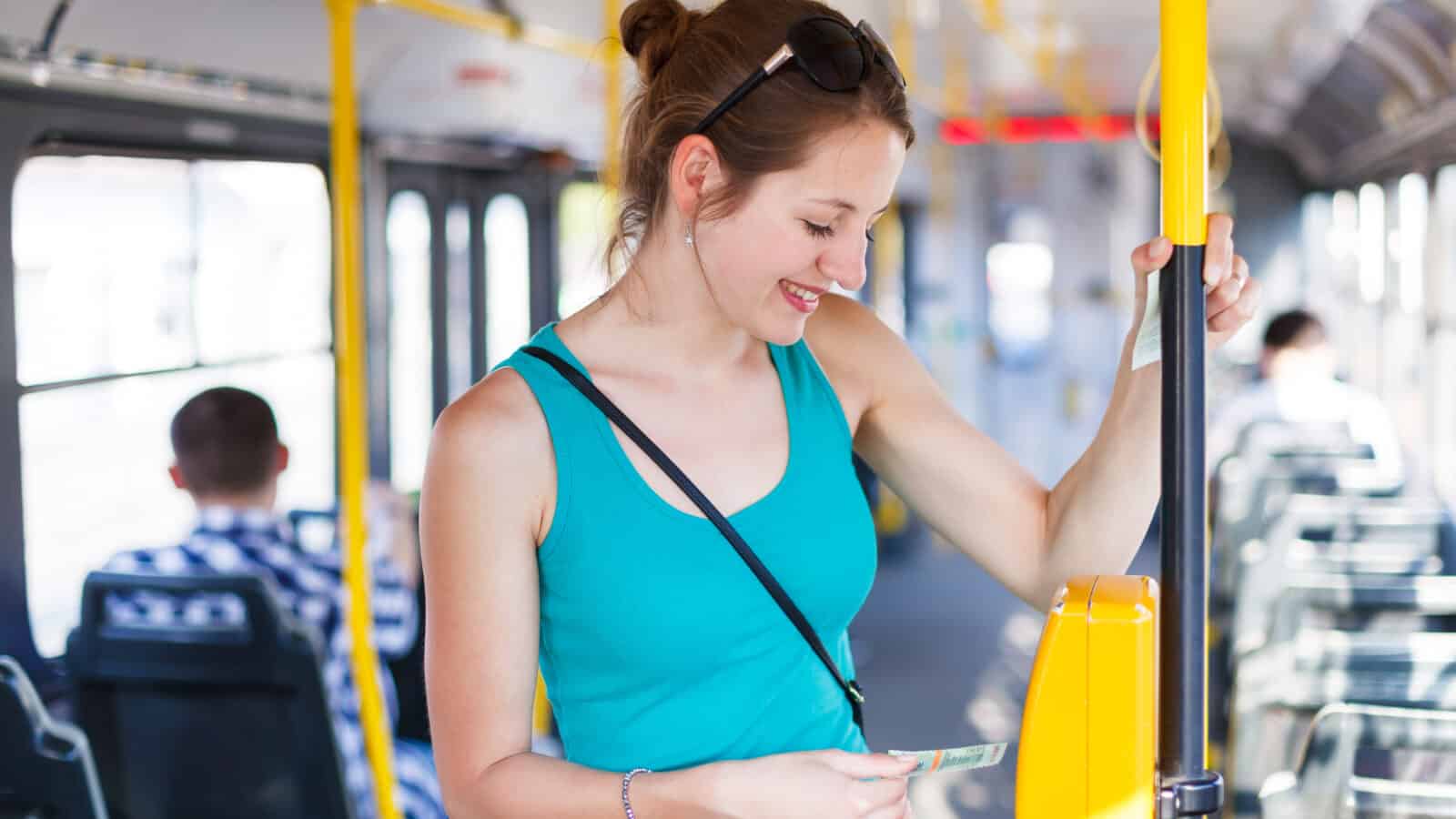For the past five years, NineSquared has compared public transport fares across the world by estimating the number of minutes a person would have to work at the minimum wage to be able to afford to travel.
Using minimum wage to normalize fare prices has its drawbacks. One limitation is that the minimum wage does not represent public transport users across all income brackets, and ages. It won’t necessarily capture a worker in the gig economy for example. Nevertheless, using the minimum wage allows for the consistent comparison between different fares for public transport services, which are not traded internationally and are not directly comparable across cities or countries. Like fare prices, minimum wages are administratively or politically set figures, which allows for further consistency.
In our most recent report, we compared the fares of 49 different public transport systems across 42 cities in Australia and New Zealand, North America, Europe, South America, Africa and Asia. The report compares the number of minutes at minimum wage required to pay for
- A single, adult, peak-time one-way fare
- The cheapest return journey in each of the benchmarked cities
- Multiple trips (specifically for 10 trips, a weekly pass, and a monthly pass)
- A return journey, 15 kilometres from the central business district (CBD) in each of the benchmarked cities and regions
While the cities in the study are quite diverse in demographics, economy, and government structure, the impact that this diversity has on fares is limited. There is, for example, a relatively low correlation between population density and affordability of a fare.Unsurprisingly, there is a much stronger correlation between the fare structure and the distance that the transit system covers. Public transport systems that cover larger areas tend to favour distance-based fares over flat fares.
How do cities compare?
How does your city compare? The graph below shows the range of fares for full fare paying adults across the benchmarked cities for the lowest priced fare and the fare that would apply if you travelled 15km in each city.


